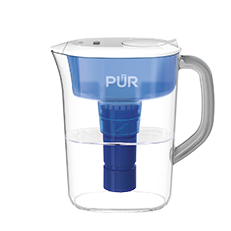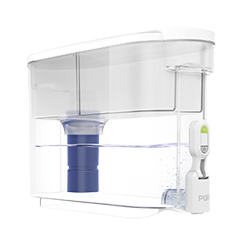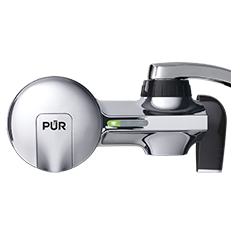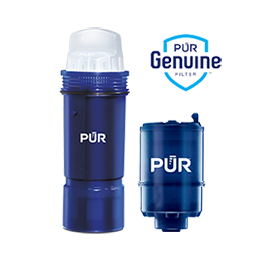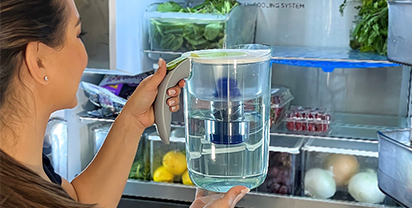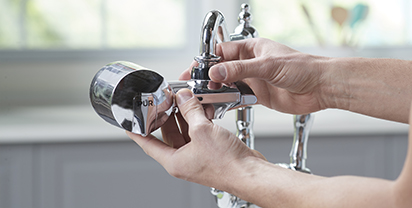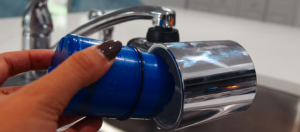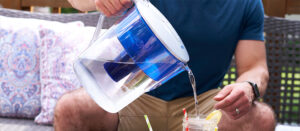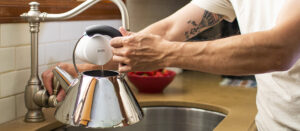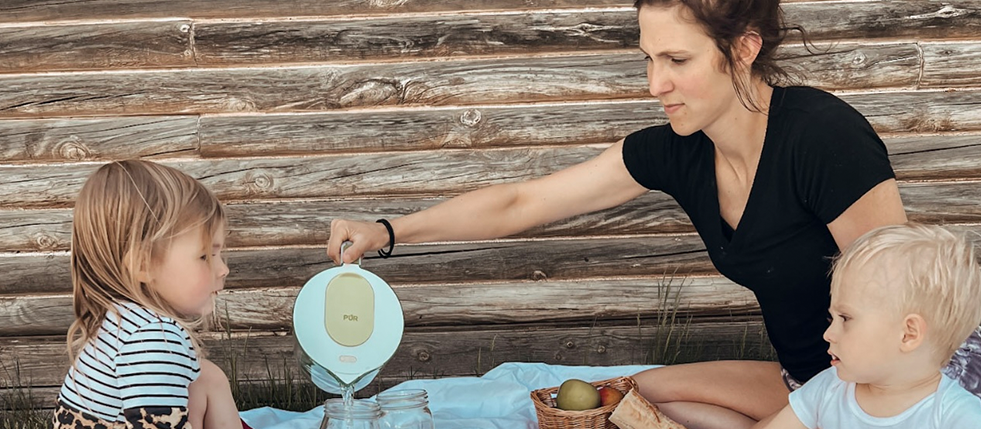We often say that expectant mothers are “eating for two.” But if you are breastfeeding your baby, you’ll be eating – and drinking – for two until your baby is weaned!
It’s important to get extra fluids when you’re breastfeeding. Although breast milk is packed with nutrients and factors that help your baby build a strong immune system, it is still 90% water. If your baby consumes 28-32 ounces of breast milk a day, you’ll need to take in an additional quart of water to replace those lost fluids.
Contrary to conventional wisdom, the amount of water you drink won’t significantly affect your milk supply. That’s because the body prioritizes the production of breast milk over other functions. Although drinking more fluids won’t help you produce more milk, it will keep you from becoming dehydrated – which is just as important. Symptoms of dehydration can include headache, fatigue, and constipation. Most nursing moms should aim to drink a total of 2.5 to 3 quarts of water a day.
The quality of the water you drink is just as important as the quantity. Tap water in the United States must meet minimum federal standards set by the Safe Drinking Water Act, but it may still contain trace amounts of heavy metals (such as lead and mercury), industrial and agricultural chemicals, and pharmaceutical residues. Even so, most contaminants enter your water supply after municipal treatment – through corroding pipes and faucets that can leach epoxy residues and heavy metals such as lead and cadmium into your drinking water. But wherever you live, a good quality water filter offers big peace of mind for a small investment. A faucet-mounted water filter is super convenient and removes more contaminants than a filter water pitcher. (It’ll also remove chlorine and other unpleasant odors or flavors that may make your water unpalatable.) And don’t forget to filter the water you use in coffee, tea, soup, oatmeal, and other foods!
This post was created as part of my collaboration with PUR. As always, all of the opinions, thoughts, and ideas in this post are my own. I am solely responsible for the content.

